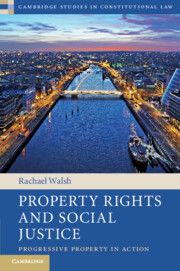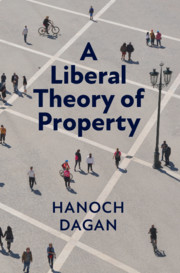“Substantial downzoning” is defined as the exercise of police power to significantly reduce the legally permitted density on undeveloped land in a community. This contentious practice is typically challenged by those who perceive the action to limit their market opportunities (e.g., farmers and developers), their sympathizers, and others who prefer the status quo. Supporters tend to be those who perceive positive benefits (e.g., environmentalists, conservationists, and homeowners) and those who see it as a supplement to other preservation techniques, based on concerns over such things as growing public costs of land acquisition, limited effectiveness of existing alternatives, or the perceived urgency to act to manage growth.
Given the complexity of the issue and the lack of previous research, this paper develops a conceptual model of the public choice to “substantially downzone” and presents specific hypotheses to be empirically tested, using New Jersey as a case study. The probability of implementing substantial downzoning is found to increase with (i) the amount of open space that remains to be protected, (ii) declining farm population, (iii) recent growth in non-farm population, (iv) recent growth in land values, and (v) the presence of alternative growth management tools. Results also suggest its use as a substitute for other preservation tools when the financial and/or political ability of communities to afford other approaches is limited. Hence, the likelihood of substantial downzoning may increase over time if alternatives become more difficult to implement.



